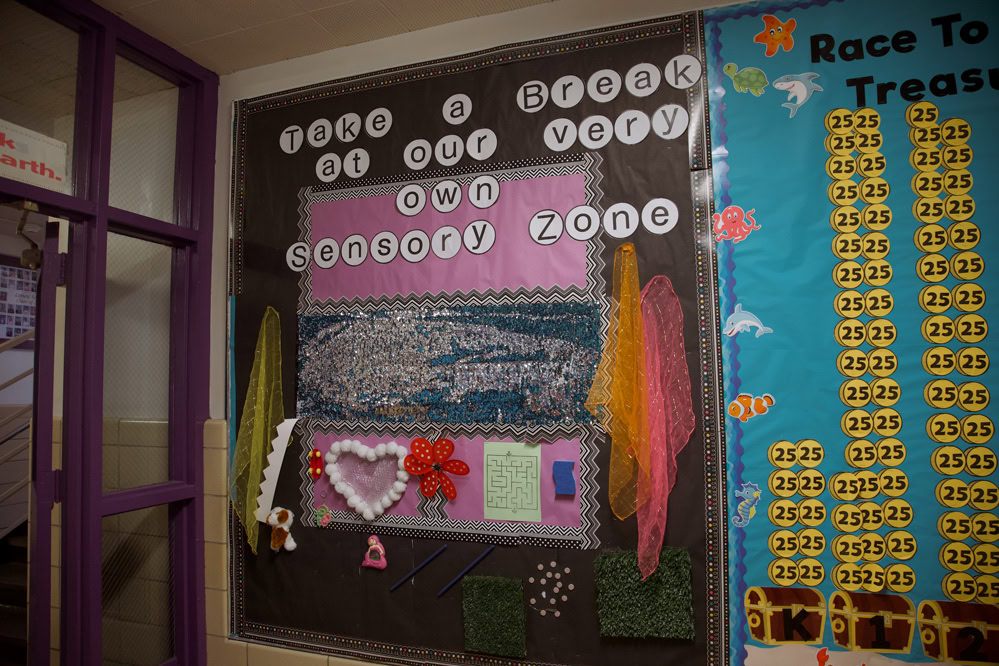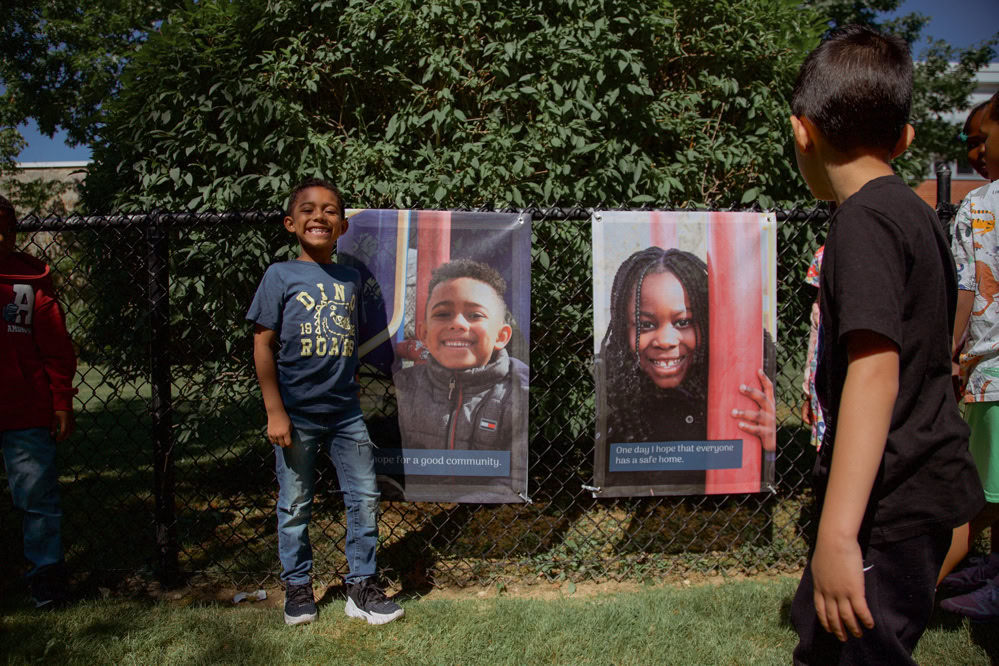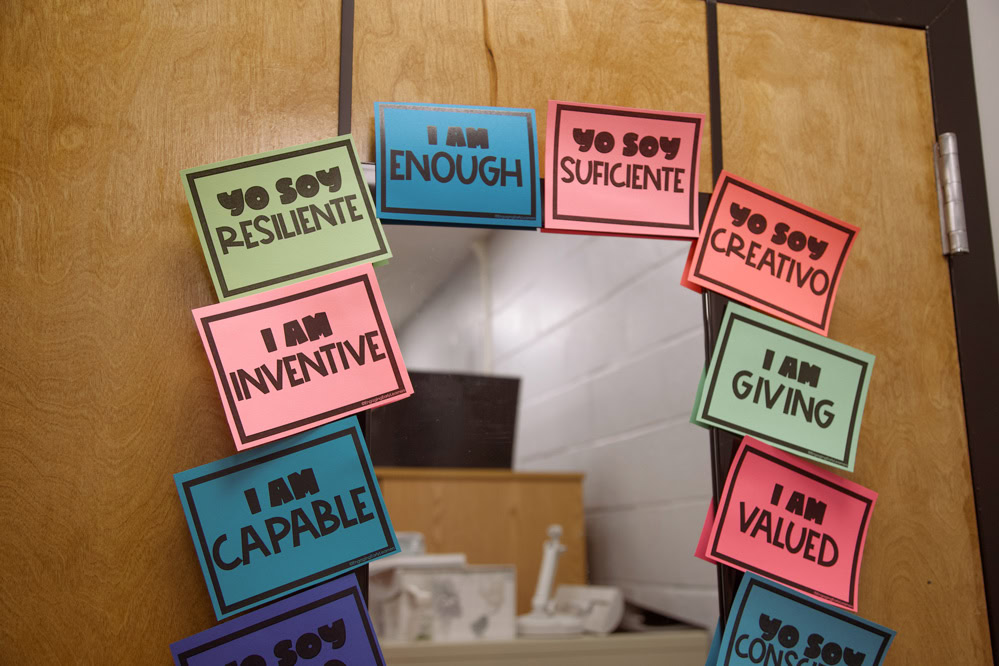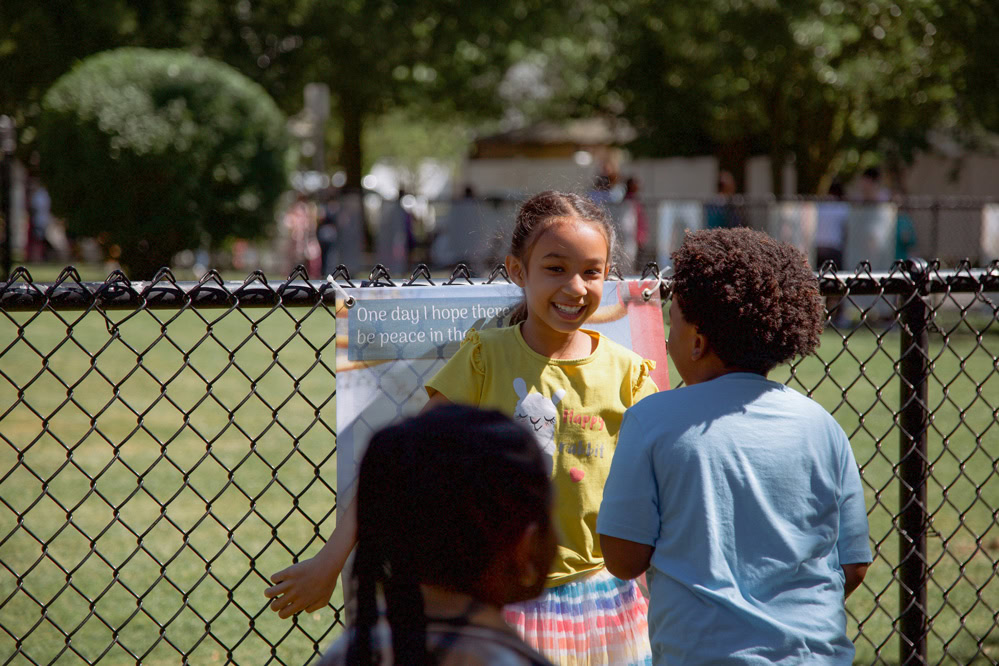This story was originally published by Reasons to be Cheerful
This story was produced by The 74, a nonprofit, independent news organization focused on education in America.
The stories kept coming. Siblings with terminal illnesses. Close family members dying suddenly.
Kids were grieving for the first time – more than Baldwin Union Free School District counselors, teachers and administrators had ever realized.
“I don’t think we’ve ever seen — or maybe we weren’t attuned to before — the number of students who have lost a parent for one reason or another,” said Shari Camhi, the New York district’s superintendent, reflecting on the 2023 to 2024 school year. ”We see a lot of cancer. We’ve seen just a lot of death.”
Baldwin is far from the only district tasked with supporting grieving students. As of spring 2022, nearly 250,000 children across the country lost a parent or caregiver to Covid alone.
Perhaps, as Camhi conceded, it’s always been like this. Perhaps kids have been grieving quietly. And now, only after concerted efforts to boost family connections and prioritize students’ emotional well-being, were they opening up.
Now, Baldwin was ready to support them: By the time counselors flagged the stories they’d been hearing from kids, a new, free wellness center had just been built — the home base from where they could launch bereavement groups.
Their creation illuminates the thread that unites Baldwin’s wellness initiatives: family relationships. Camhi says the approach is old-school, a throwback to a time decades ago, before cell phones pushed kids into introversion and became a hotbed for bullying, when neighbors really knew each other and what was going on in their lives.
After all, most schools do not monitor family deaths, information only discerned through building “rapport and trust,” said Gina Curcio, health, wellness and community director for the district on Long Island.

Serving kids across all grades, homed at the middle school with a separate entrance for privacy, the wellness center is open late each weeknight, staffed by child therapists and psychologists. Established through a partnership with PM Pediatrics and a four-year grant from former House Representative Kathleen Rice, it opened in the fall of 2023 without common hiccups districts often face, like having to take on hiring hard-to-staff behavioral health positions.
In the calm-colored space adorned with student artwork, bean bags and infographics about how the mind works, two peer bereavement groups hosted 11 children for six weekly sessions during the school year; another ran this summer, with children meeting for 90 minutes weekly grouped by age.
Crushed by negative news?
Sign up for the Reasons to be Cheerful newsletter.
Beyond the stages of grief, they have learned coping skills through mindfulness, art and music therapy, and forged friendships with peers they had no idea were dealing with similar feelings. All things previously out of reach due to a combination of stigma, financial strain, and not having a comparable resource in their community.
The bereavement space and “transition” groups they inspired, for kids making the leap into pre-K, sixth and ninth grade, and college, are just some of the many initiatives Baldwin has taken in recent years to address childrens’ emotional and physical well-being, which impacts their ability to show up at school ready to learn and feel safe.
“We still suspend kids for doing things that make it unsafe for other kids… [but] we will reduce the suspension in exchange for weekly counseling for students, because we believe that if you are exhibiting behavior that way – something’s going on,” Camhi added.

In ways big and small, Baldwin looks for ways to forge strong connections between children and their community.
At game days this summer, parents were pushed to participate with their kids — no electronics allowed. By third grade, all students have had lessons on wellness tools, like grounding and breathing techniques to manage and express hard emotions. Each year high school seniors in AP Photography interview second graders about their dreams, their hopes and faces printed and exhibited around campus, in a local hospital and family courthouse.
As national reports emerge that only 29 and 37 percent of Black and low-income families report their child’s school offers counseling and other support services compared to 52 and 59 percent of their white, more affluent peers, Baldwin’s wellness center and connection with families provides a strong contrast.
From January through March this year, the wellness center hosted over 600 sessions for the predominantly Black and Latino district – ranging from peer conflicts — which psychologists say have been more difficult for children to navigate after pandemic isolation — to divorce, cyberbullying and symptoms of anxiety and depression.
In groups and in individual therapy, often art-based, kids have learned how to set goals, compromise, and practice role-playing interactions with mean people or conflicts with friends.

“I think you can make me happy again,” one six year old told a clinician, who had started sessions by saying they were sad and “depressed.”
Having the wellness services available to families on-campus, without the hassle of waitlists or insurance run-arounds, has been a game changer for families — even in times of extreme uncertainty.
Last school year, one Lenox Elementary School mother got a call that her ten year old blurted out in class that he wanted to kill himself.
“It stopped me in my tracks,” she told The 74, recalling immediately leaving work to hug her son and talk with the school social worker. She learned he felt behind and left out socially, and knew he was quicker to outbursts than her other children, but did not know he had been hiding suicidal thoughts because he didn’t want to make her sad.
The Jamaican family, whose name has been withheld for privacy, became one of the first served at the wellness center. Initially scared to start, with an image in mind of being forced to talk on a couch to a stranger, her son changed tune after the first of about 20 therapy sessions where he used drawing as a way to express harder emotions.
“I love it. It’s not like the movies. It’s nice.”
Today he is sleeping better, has fewer intrusive thoughts, knows now how to notice and talk through bad feelings when they arise. He brought some of the tools home, like Legos, plush toys, drawings and stickers. Within his friendships, he’s not taking things as personally, or overreacting.

In 2019, in the district where more than a quarter are considered low-income, the graduation rate was 95 percent. By 2023, it grew to 99 percent — 12 percent above the national average. The number likely has something to do with Baldwin’s emphasis on how students feel while at school — reflecting whether kids feel connected to each other, their work, and the place.
Belonging, research confirms, is also key to curbing risky adolescent behaviors like drug use and violence.
In a first grade classroom just before the end of the school year, a group of Baldwin elementary students sat crossed legged, intently listening to each other recap one wellness skill that they “loved or learned” from the year. Together they held a “breathing ball” — taking a low, deep breath as they picture a ball filling up with air in their hands, expanding and contracting slowly.
One said quietly when he got upset at home, he recalled the “sound bowl” — metal, sometimes filled with water, that when hit with wood released a calming frequency — and would feel better.
The wellness educator encouraged him to craft or visualize his own version at home, urging: “remember, you can go anywhere in your imagination.”
The post How an ‘Old-School’ Approach Bolsters Students’ Mental Health appeared first on Reasons to be Cheerful.




